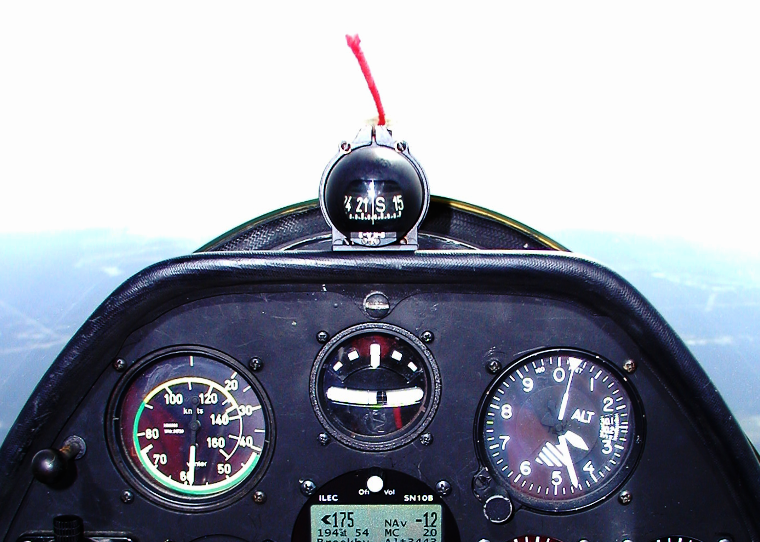
It vies with the wind-indicating tuft of wool for the title of simplest aircraft instrument, requires no power source and is always on standby. Ground or satellite systems may fail, but the magnetic compass is as reliable as the Earth’s magnetic field. However, to fulfill its promise of completely independent accuracy and reliability, a compass requires occasional skilled maintenance.
CASA has issued new guidance on checking and calibrating aircraft magnetic compasses. The airworthiness bulletin also provides information on the maximum allowable deviations to enable a compass to be maintained to its type design.
A compass is initially verified at manufacture to ensure it meets the relevant design standard and the indications are within the design tolerance. Once fitted to an aircraft, compasses are calibrated on a compass swing site (often a place on an aerodrome, with the cardinal points, north, south, east and west, marked on the ground) so corrections can be made for the magnetic fields produced within an aircraft. Compass calibration should be conducted at least every 2 years unless the aircraft’s approved maintenance program sets out a different period.
Compass calibration should also be checked at other times such as after an engine change, after electrical or avionics modifications, after a lightning strike, an accident or heavy landing, after long-term aircraft storage and whenever an aircraft is moved to a significantly different latitude.
CASA’s new Airworthiness Bulletin 34-008 Issue 3 includes preparations and procedures for checking and calibrating a compass, in a procedure known as a swing, and guidelines for when compasses that deviate from correct readings are to be compensated with correcting magnets.





Comments are closed.